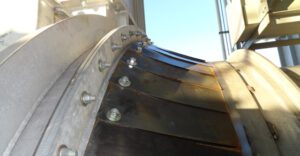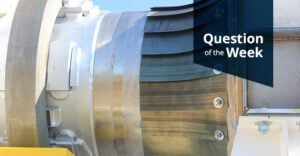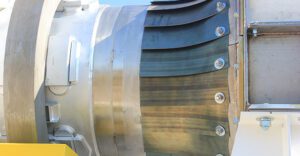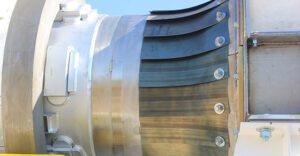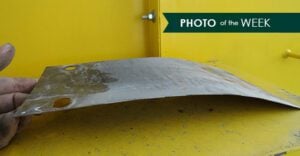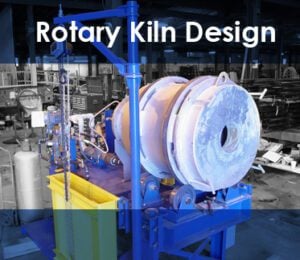Seal Options for Rotary Dryers and Kilns
Rotary dryers and kilns are an integral part of the many industrial processes that shape our world. From fertilizer and chemical production, to ore beneficiation and even consumer products, these rotary drums provide a reliable, high-capacity setting for accomplishing a number of necessary objectives when …



